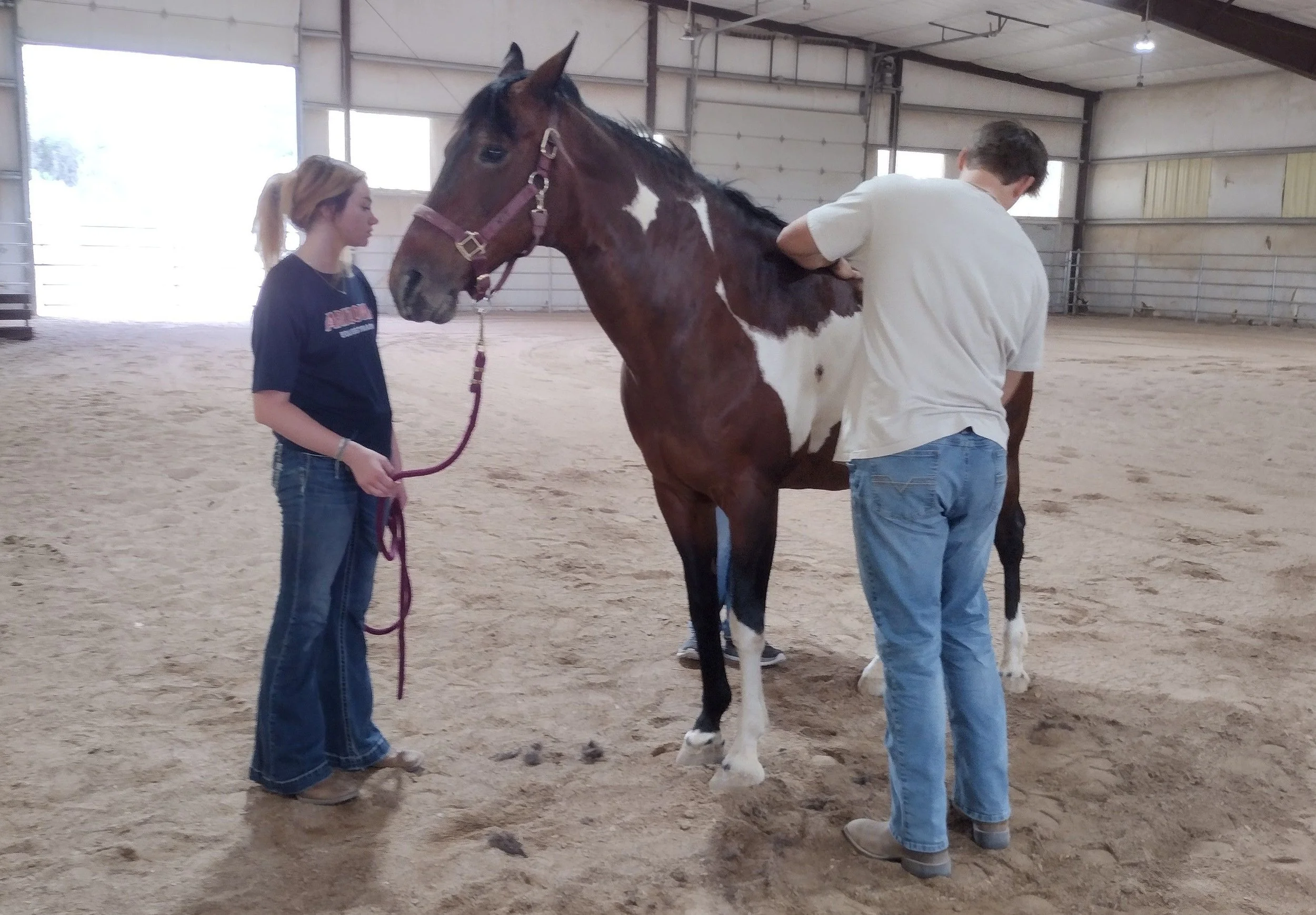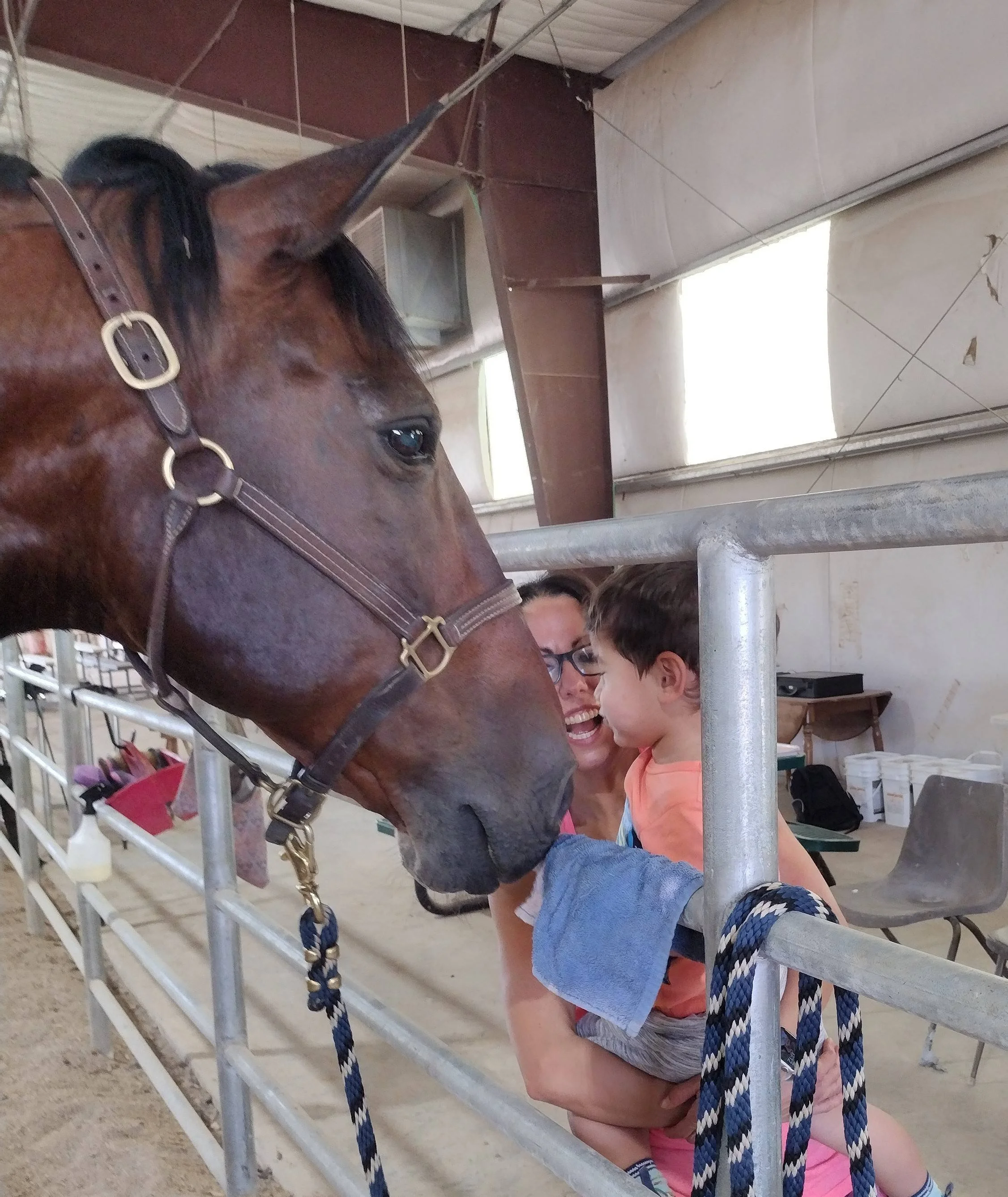Education and Impact
At EquiPhysics, education is central to our mission. We integrate biomechanics, physiology, and equine science into innovative courses and outreach programs that connect students and the community with the science of horses. Through these programs, we create accessible pathways into STEM for diverse students, especially women and underrepresented groups. By connecting equine science with mathematics, engineering, and the humanities, EquiPhysics builds a unique educational community where students learn to apply science to real-world challenges in performance, welfare, and rehabilitation.
Undergraduate Research Opportunities
EquiPhysics provides hands-on research experiences for undergraduates interested in biomechanics, physiology, and equine science. Students take on real projects that combine experimental measurements, computational modeling, and data science.
Through our summer Research Experiences for Undergraduates (REU), students have worked on:
Collecting and analyzing gait data with IMUs, heart rate monitors, and high-speed video
Developing open-source pipelines for stride detection, symmetry analysis, and visualization
Studying the coupling between breathing and stride across different gaits
Designing methods to quantify heart rate variability and stress in horses during training and rehabilitation
Creating mathematical and computational models of airflow and circulation in equine systems
These projects culminate in presentations to peers, faculty, and professionals, giving students experience in communicating science to diverse audiences.
Community Outreach
Beyond the classroom and lab, EquiPhysics is committed to engaging the wider community. We share research and knowledge about horse biomechanics and well-being through:
Public demonstrations with horses that illustrate stride, breathing, and movement mechanics
Workshops and clinics that bring together scientists, trainers, veterinarians, and equestrians
Articles and presentations designed for general audiences as well as academic communities
Collaborations with rescues and training facilities (such as Pas de Cheval) to apply science to real-world rehabilitation and welfare
These efforts build bridges between science and practice, making advanced research accessible to horse owners, students, and the broader public. Our outreach underscores the belief that equine science should serve not only academic goals but also the health, performance, and humane care of horses everywhere.


